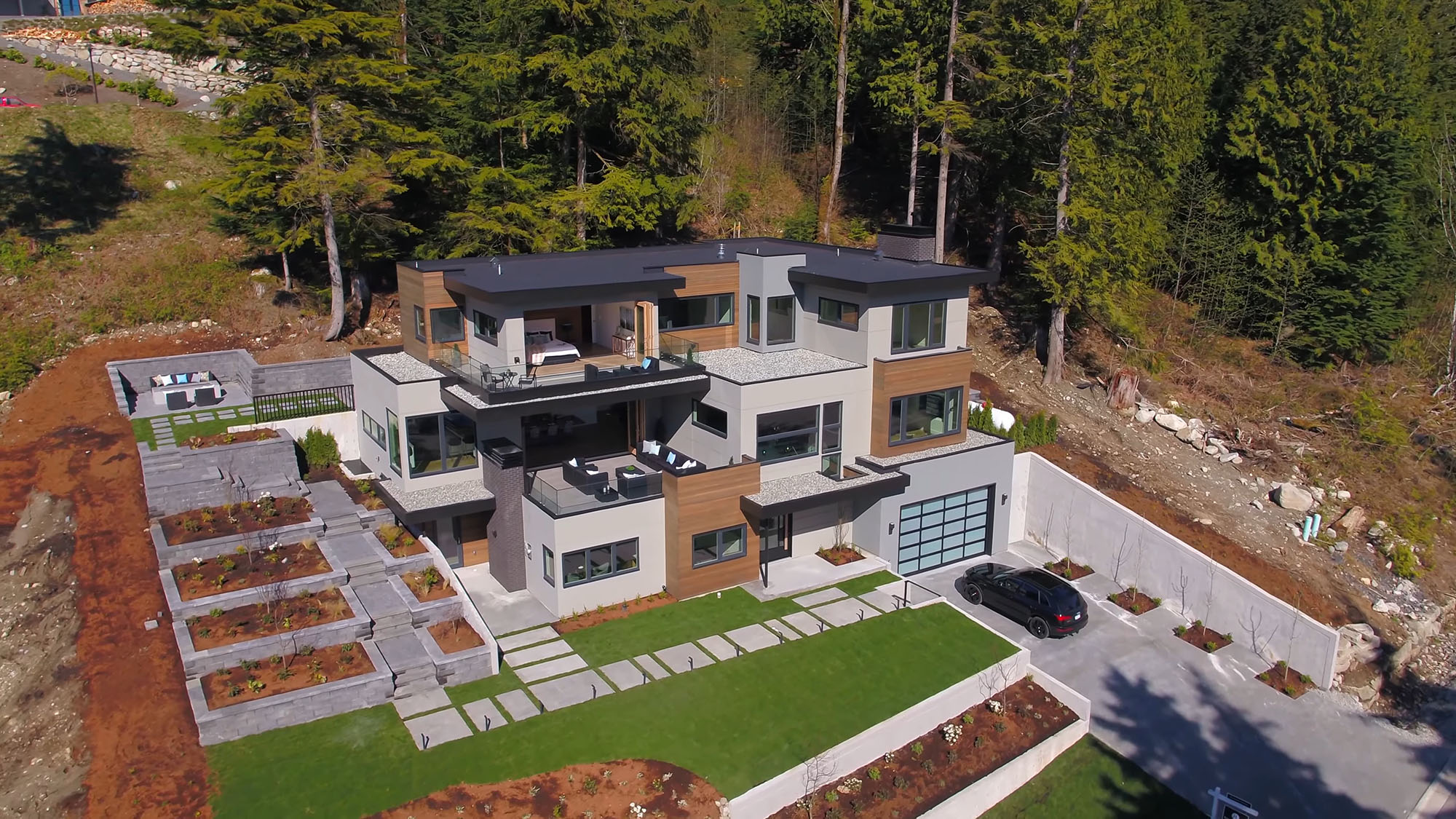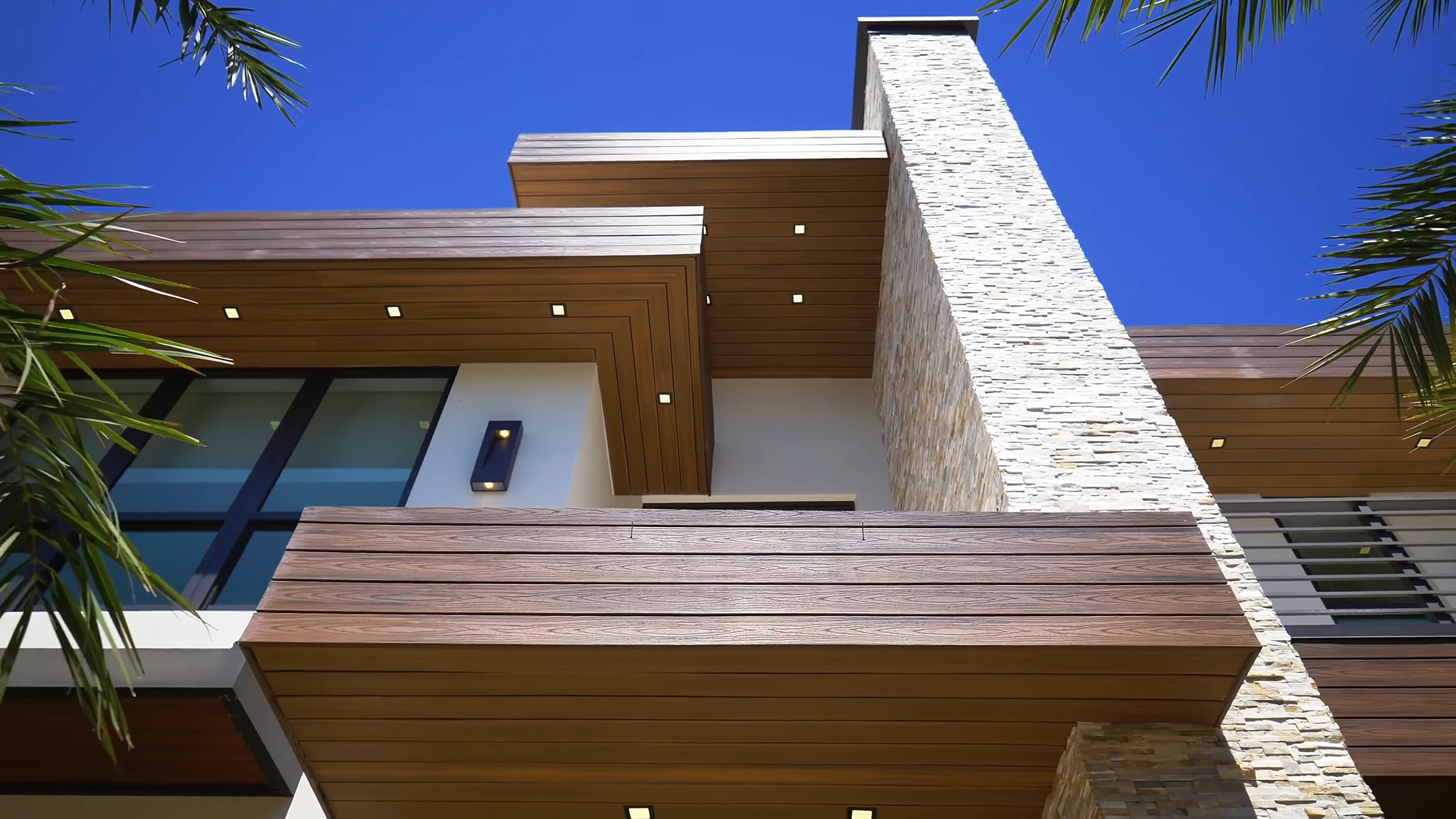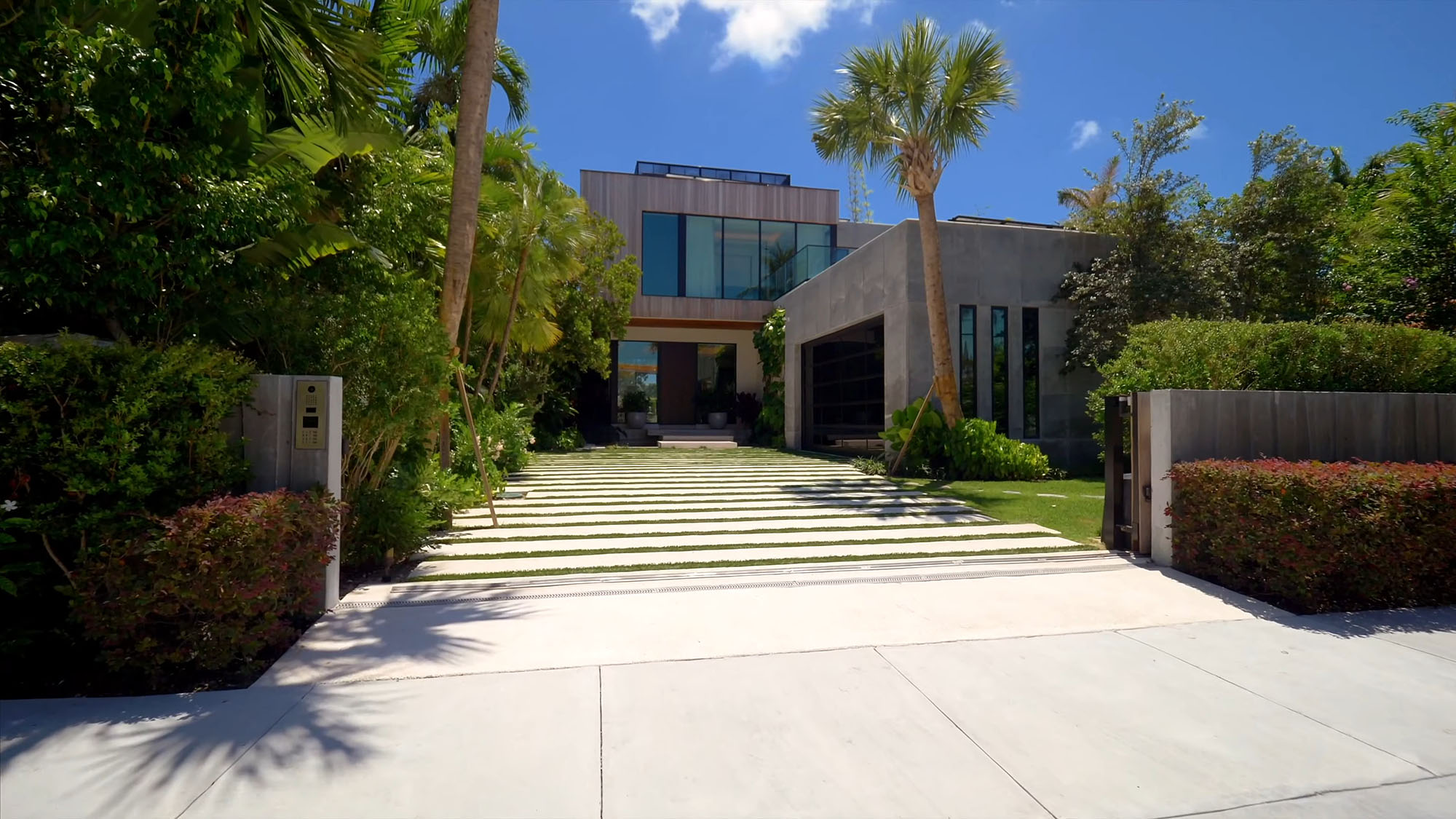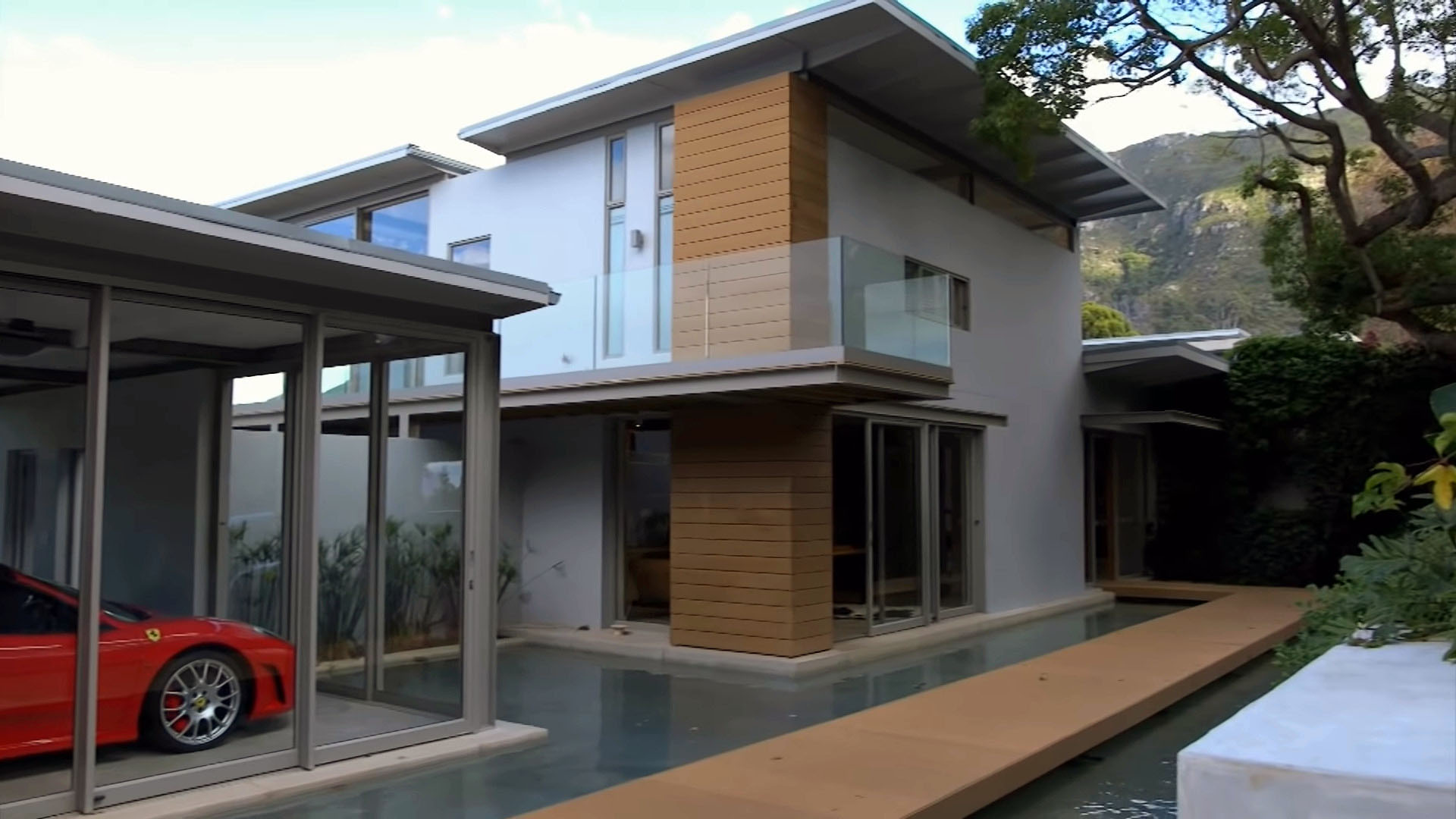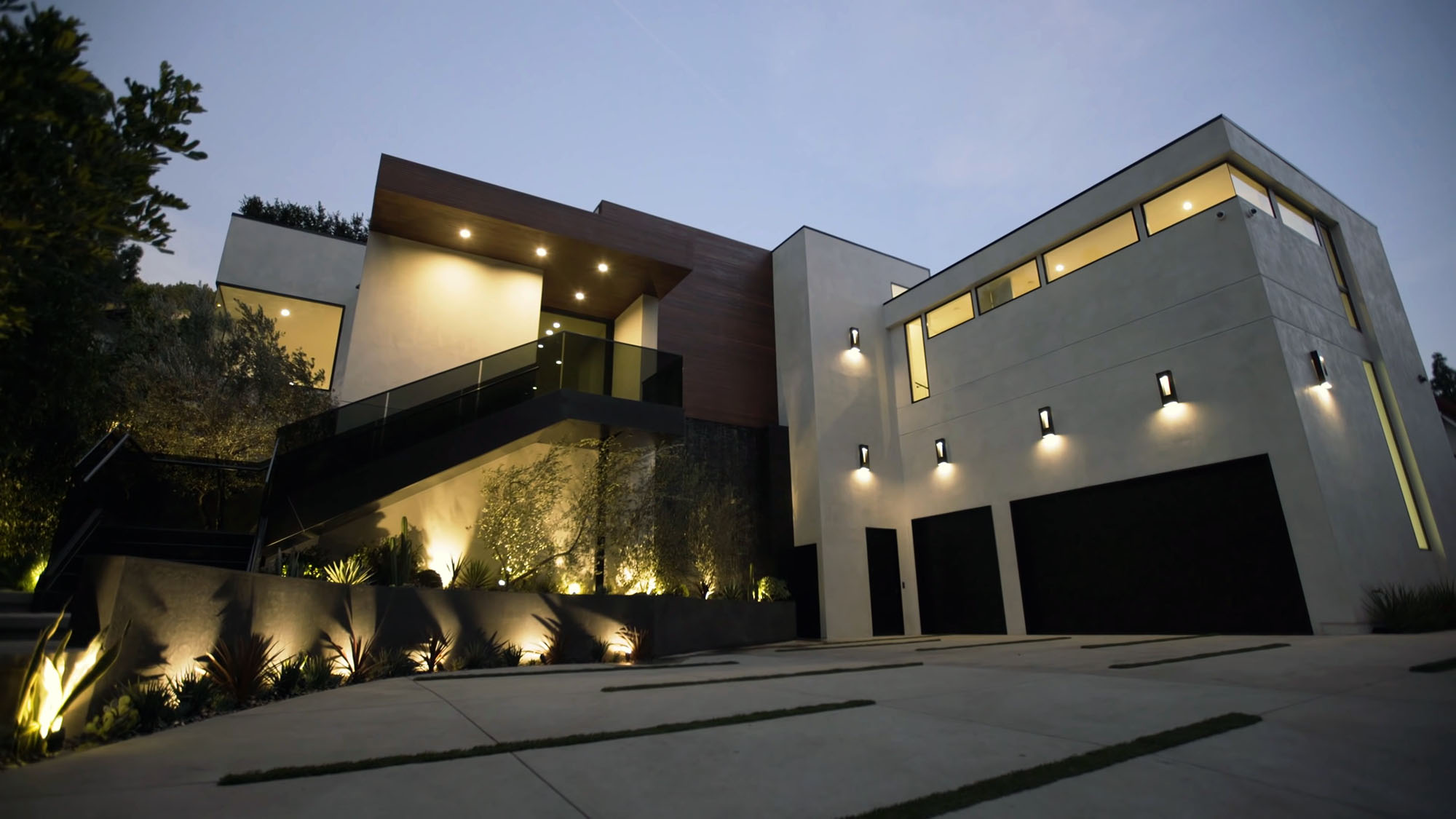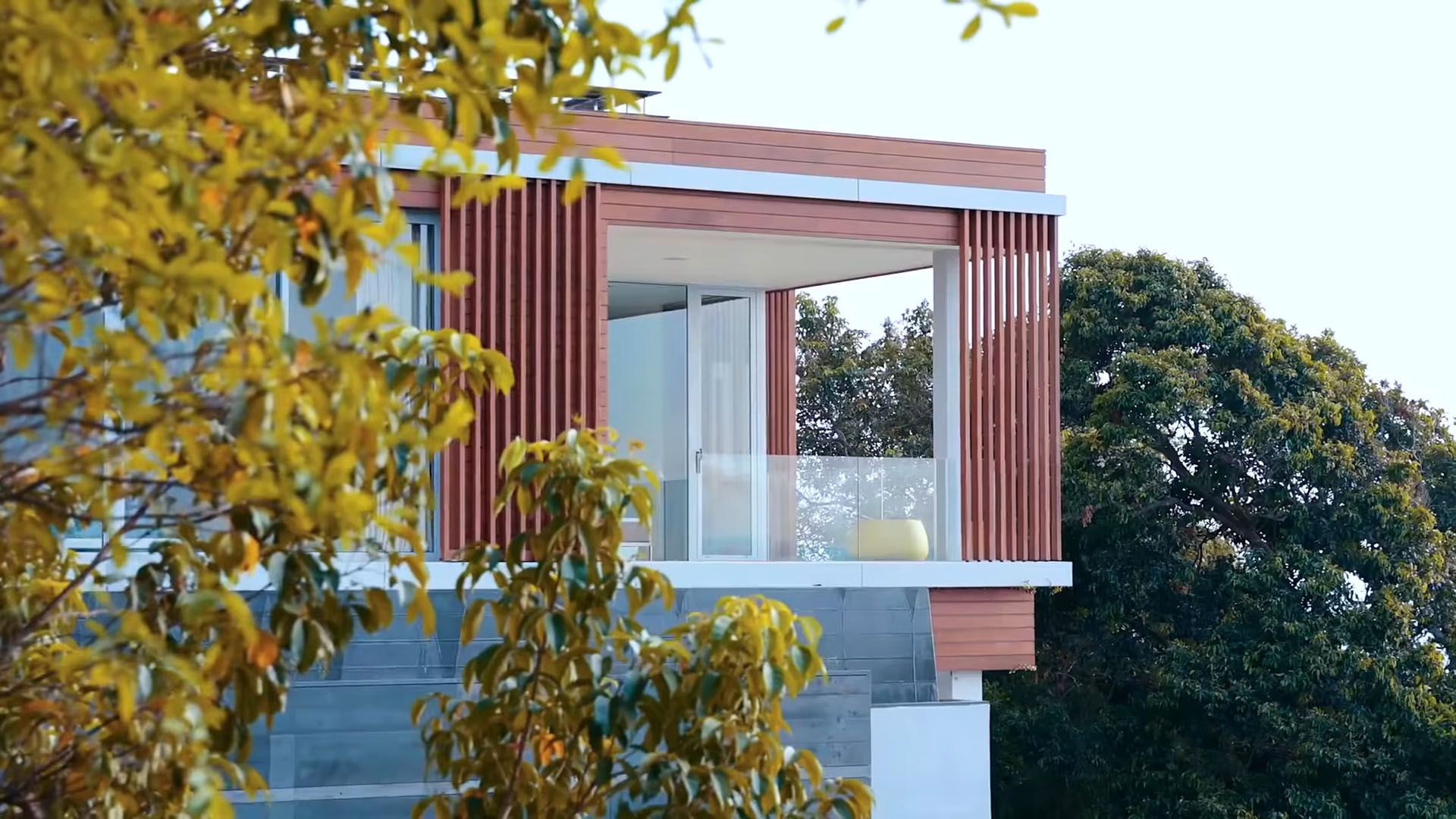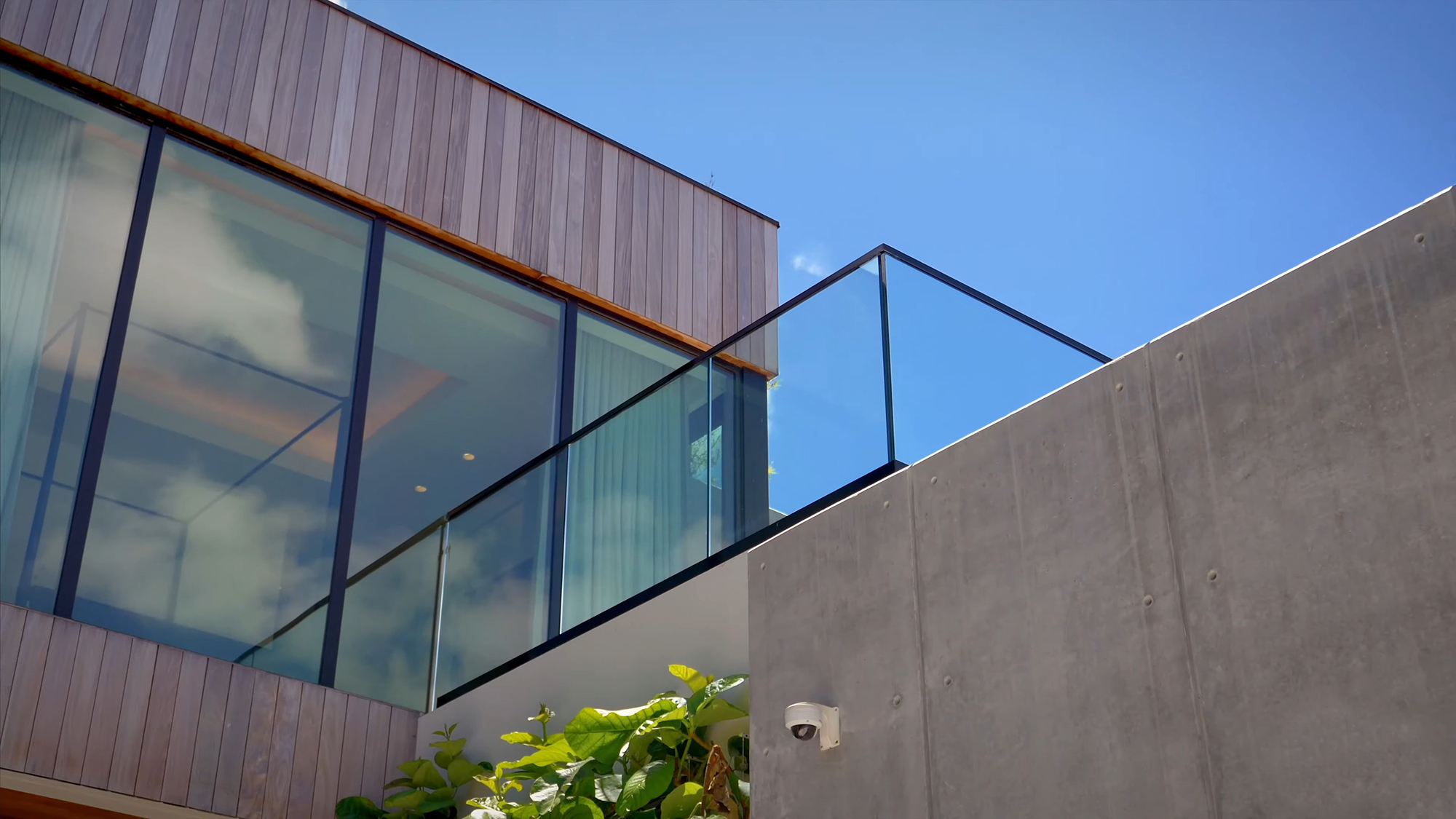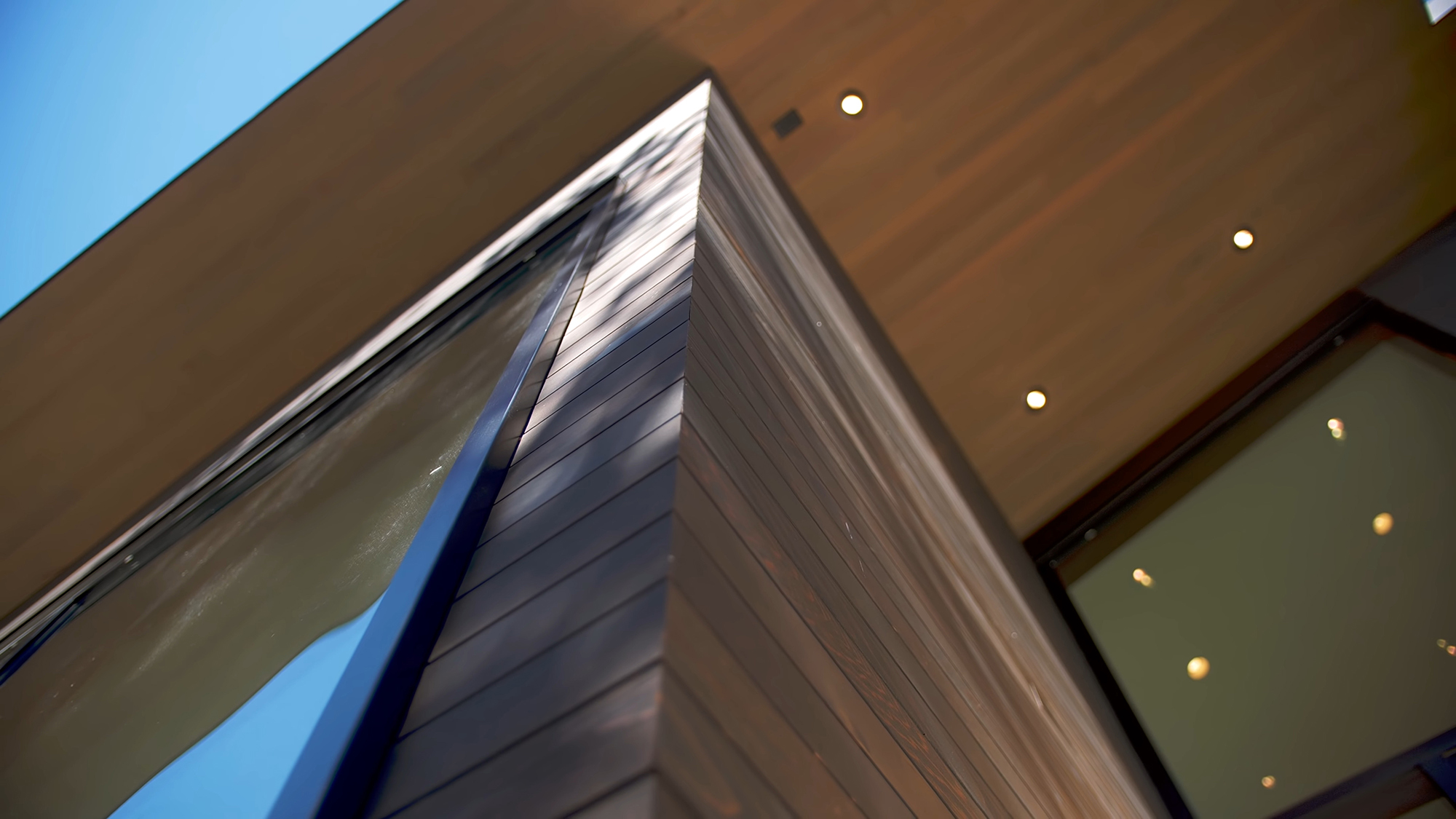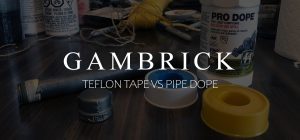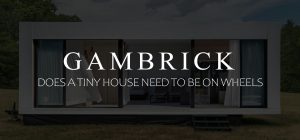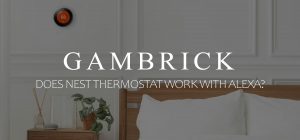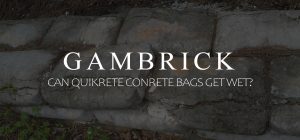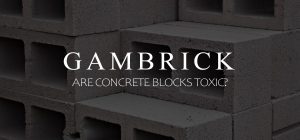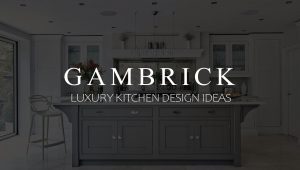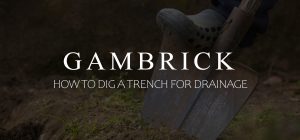Decking Used As Siding
Did you know that some modern style homes and lots of commercial buildings are using composite decking as siding.
You may have seen composite decking used as siding before and didn’t even realize it. It’s been used on commercial buildings and restaurants for years. I remember the first time I saw Trex used as siding was at a Bobby Flay’s Burger Palace and it looked really cool. Then I started noticing it more and more on modern homes all over the country in place of Ipe. And now we actually use composite decking of just about every brand for all sorts of exterior cladding applications. It’s not only a great siding material but also works great for exterior trim work. The biggest benefit comes from it’s longevity, durability, low or no maintenance and beautiful coloring. If you want the look of Ipe siding but don’t want to deal with any maintenance then give composite decking a try.
In this article we’ll be looking at composite decking used as siding, as well as pros and cons, example pictures and an outline of how to do it.
Beautiful custom built modern home using composite decking as siding.
Can Composite Decking Be Used As Siding?
Have you ever considered using composite decking boards as siding? Or wondered if it was even possible?
Composite decking has come a long way since it was first introduced over 20 years ago. Products on the market today are extremely durable and of such high quality that you can actually use them as a siding material. They resist fading, keep their color without maintenance, and look like real wood.
When it comes to the exterior finish of your home, your first thought is probably about siding colors or styles. Will you go with cedar shake or horizontal lap? White, gray, tan or maybe that green shade you like. And while those are all important decisions, they’re are other products you can consider. Especially if you have a home style that suits a different siding style like Modern, Contemporary, Bohemian, or Transitional.
Homes are a great investment, and can reflect the homeowner’s unique taste and style. A great way to enhance a home’s curb appeal is with exterior cladding. Exterior cladding means using boards or other materials as accent walls on the outside of a building or home. It’s a major trend in modern design that’s been traditionally done with Ipe or other hard woods. But now that composite decking has improved so much it’s a good option as a cladding material.
If you plan on using a composite decking material as cladding there are a few things you should know.
Composite Decking Used As Cladding Summary
We’ll go into each of these points in more detail below but here’s a short summary of what’s to follow.
- When installing decking as an exterior cladding you need to install furring strips first to keep them away from the wall.Either metal or wood strips will work. Wood strips should be treated lumber for outdoor use.
- You’ll also need a good rain screen system and vapor barrier.
- We recommend using square edge boards, not grooved, and screws with plugs. Screws must be approved for outdoor use.
- Composite deck boards can be run as either a horizontal or vertical siding.
- We recommend sealing the edges of cut boards that are not 100% PVC.
- There’s a variety of composite decking materials and designs on the market and we’ll go over them all.
While we wouldn’t suggest using decking as a siding material for every house, if you’ve got a modern home that calls for Ipe or other hard wood cladding then using composite decking instead is worth considering.
Trex decking used as not only a cladding material but also as a soffit.
Why Use Cladding
Cladding is a type of exterior siding that protects a home or building.
It’s a very different look from what your probably used to seeing because cladding is spaced with some gaps. Traditional siding like vinyl, wood, fiber cement or masonry tends to be solid or overlapped in a way that water can’t penetrate.
Because of these gaps, exterior cladding should be part of a water mitigation system that includes a good vapor barrier and furring strips that keep the cladding off the homes sheathing. This is especially important for wood framed homes because the #1 cause of damage we find on residential homes is caused by water.
Exterior cladding is a beautiful way to side a home if the style calls for it. But don’t skimp on the vapor barrier. Even traditional siding methods use a vapor barrier or house wrap of some kind under the siding. But it’s even more important with cladding because water will run right through the gaps. While cladding offers great protection against impacts and pests, it doesn’t do that well against water.
Cladding can be made of aluminum, vinyl, brick, or other materials. But the most common cladding material is hard wood like Ipe.
Wood used outdoors on a home looks fantastic but has a while list of common problems. Mildew, mold, pest damage, rot and maintenance are all issues you’ll have to deal with if you use wood cladding. That’s where composite decking comes in.
Because of how high the quality of current composite decking is it’s a great alternative to using wood cladding and avoids many of the most common issues.
Vertical PVC composite decking used as a cladding material on this beautiful modern home.
Composite Decking Is Better Than Wood Cladding
Composite decking has several key advantages when compared with wood cladding like Ipe.
- Exterior cladding made of real wood, even if it’s been treated, requires varying degrees of maintenance.
- If you don’t maintain wood cladding’s stain then it’s color will turn gray.
- Wood is prone to problems like warping, buckling, fading, rotting, mold, mildew, and pest damage.
- Composite is much cheaper long term compared with wood cladding.
By using composite decking boards as cladding in place or wood, there’s no need to stain or seal anything to preserve the color. Most composite deck brands have fade protection built in so the color stays consistent for decades.
Synthetic decking materials resist most of the issues that come with wood like rot or pest damage. Insects don’t eat into composite decking like they do wood boards.
In terms of up front costs between composite decking and hardwoods like Ipe, they’re about the same. But when you factor in the long term costs of maintaining wood, composite cladding is much cheaper.
With composite decking you can have the beautiful looks of cladding without the long term costs of wood or it’s extensive list of common problems.
Benefits of Composite Decking As Siding
We believe composite wood siding is a better choice than wood for some exterior wall cladding applications. Here are our reasons:
Composite Materials Provide Superior Protection
Composite materials offer a bunch of benefits when compared with wood. They can be more attractive, more durable and last longer than any other type of wood decking and doesn’t require maintenance of any kind. And here at Gambrick we’re all about recommending products that not only look great but hold up after years of use. What good is a siding product you can’t count on to protect you home for decades.
After years of designing and testing, composite decking has finally reached a point where it’s as good or better than wood in a lot of applications. The strength, durability and beauty of composite decking products can best be explained by their composition, which consists of two main parts:
- The cap: It protects all sides of the board with a tough layer that can withstand staining, fading, scratching, cupping, swelling, mold and mildew. This is the outer thin layer of the decking board when you see it from the side.
- Composite core: The core of most composite decking products is made by mixing high quality recycled materials with dense hardwood and softwood fibers, which creates a core with impressive strength and durability. And these products are all 100% recyclable.
- PVC: Some composite decking boards are solid PVC all the way through which is extremely durable and long lasting.
Benefit Summary
The cutting edge technology used to create composite decking boards provides quite a few benefits:
- Fade resistance: Composite decking will retain its vibrant, high quality colors for much longer than wood and all without maintenance.
- Split resistance: The cap layer not only looks great and prevents fading but also protects the surface from splitting, which increases the longevity of the product.
- Stain resistance: If you spill something on composite it will resist staining rather than getting absorbed by the wood.
- Mold resistance: The cap also offers protection from mold and mildew, both of which are well documented problems with wood.
- Fire resistance: Unlike wooden boards, composite materials don’t burn as easily as.
- Pest resistance: Many insects, including termites, ants and bees, like to burrow into wood siding, which can be very damaging. Luckily, composite materials protect against these types of issues.
- Low maintenance: The cap contains all the colors baked right into the product, so you won’t ever have to sand, oil, stain or paint it.
While composite cladding is similar in appearance to real wood, it’s a lot more durable and resistant to common issues associated with wood.
Fake Wood Cladding
Many composite decking styles are designed to mimic the look of real wood by including a variety of features.
- Composite decking comes in all sorts of colors that look like different wood stains.
- Some decking manufacturers make boards that include multiple colors which look like real wood grain.
- Decking sizes are exactly the same as wood decking.
- Composite decking even comes with a wood grain texture so it feels like real wood to the touch.
- Some decking can be painted or stained so if your going for painted cladding composite material will work.
Composite Cladding Green Manufacturing Techniques
If you’re a homeowner that’s concerned with the environment then you’ll be happy to know most composite decking is made using green manufacturing techniques.
You should check with the manufacturer for more details but most we’ve used have included the following:
- Recycled materials: Most composite decking is made of recycled materials, including plastic bottles and reclaimed wood fibers.
- Reduced carbon emissions: All the manufacturers we’ve dealt with have been committed to reducing their carbon footprint by minimizing waste, conserving energy and making use of the most efficient production processes available. Trex and Timbertech stands out to me in this regard.
By choosing the right manufacturer. One who offers decking made from recycled materials and a commitment to Eco-friendly practices, you’re taking part in the green initiative.
If you choose the right manufacturer the cladding you’ll be installing can actually help the environment instead of harming it.
Composite decking used as an exterior house cladding.
How To Install Composite Decking As Cladding
Installing composite decking as a cladding material is actually pretty easy with just a few important steps that we’ll outline below.
Step 1. The Vapor Barrier
In mu opinion, the most important part of your cladding installation is the vapor barrier. This is what protects the home from water damage. Without a good vapor barrier any moisture that gets behind the cladding will works it’s way the sheathing and then into the house.
Water penetration can eventually cause mold, mildew and rot.
The vapor barrier is applied right up against the sheathing of the house and should include wrapping around all the windows and doors. We use special tape to seal every seam and every flange. We’ll write a separate post on how we recommend you wrap the house and with what materials . But for now just know that this step is critically important.
Step2. Furring Strips
Your cladding doesn’t sit right up against the house sheathing or vapor barrier. It’s screwed into furring strips.
In general we install our furring strips into the sheathing at a spacing of 24″ on center. This can vary depending on the type of cladding your installing through so check with the manufacturer. They’ll tell you not only the proper spacing but also the screw the recommend.
The space in between strips is important because it promoted good airflow behind the cladding. And good air flow dries water. This space for airflow is an important part of your water protection strategy.
Furring strip material varies. Some people use metal and some wood. Either will work but we recommend painting the face of the furring strips black before installing any cladding. If you use a light material then you can see the strips through the gaps. Painting them black in advance makes them almost impossible to see.
Step 3. Installing Your Cladding
Installing the composite decking is actually the easy part. All you do is make your cuts and screw them in. Most decking is installed as cladding using screws and plugs.
Make sure when you install your plugs that you pay attention to the face. You want to choose a plug that has a face that matches the hole your plugging. If you match them carefully enough the plugs are practically invisible.
We like to seal the edges of composite boards that are capped before we install them because cut edges expose the inner core.
Remember that composite decking will expand and contract so you’ll want to gap the boards. However when we make corners we glue and screw them together. Gaps in some areas are OK but they look terrible at the corners. Check out those super clean corners in the picture above. If they gap then the corner will look really bad.
For any butt edges we cut them at a 45 degree angle instead of using a right angle cut. By slightly overlapping the boards, when the contract, the overlap helps hide the gaps.
The sealant you’ll use for your edge cuts will vary by manufacturer so check with them before you use anything.
Composite decking used as an exterior siding and soffit material on a beautiful modern home.
Composite Decking As Siding Gallery
Here’s a few examples of composite decking used as a siding material.
Composite decking used as a siding material along with custom made vertical boards and metal.
Trex composite decking used as a siding and soffit material.
PVC composite decking installed vertically as a siding material along with metal top and bottom pieces and concrete.
Closeup view of PVC composite decking used as a cladding material on a modern home.
Summary: Decking Used As Siding
Did you know that some homes and lots of commercial buildings use composite decking as siding.
You’ve probably seen composite decking used as siding on lots of buildings and even some homes and didn’t even realize it. As technology and composite decking materials keep getting better it’s steadily replacing wood as the go to cladding material. It looks great, is super durable and doesn’t require maintenance which in the long run save a lot of money. We use composite decking of just about every brand for all sorts of exterior cladding applications. It’s not only a great siding material but also works great for exterior trim work. If you want the look of Ipe siding but don’t want maintenance to deal with then give composite decking a try.
I hope this article helps you choose the right material for your next cladding project.
If you have any questions or comments e-mail us any time. We’d love to hear from you.

